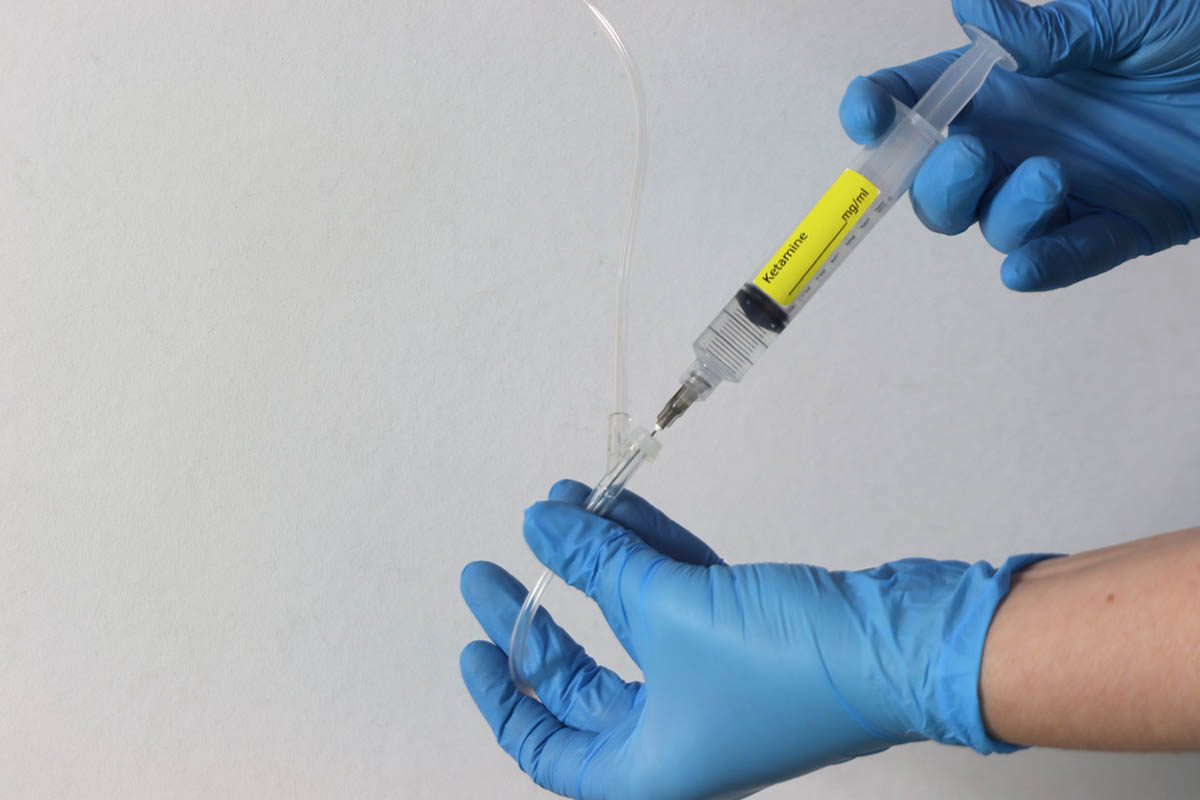Objective: The study objective was to generate a prediction model for treatment-resistant depression (TRD) using machine learning featuring a large set of 47 clinical and sociodemographic predictors of treatment outcome.
Method: 552 Patients diagnosed with major depressive disorder (MDD) according to DSM-IV criteria were enrolled between 2011 and 2016. TRD was defined as failure to reach response to antidepressant treatment, characterized by a Montgomery-Asberg Depression Rating Scale (MADRS) score below 22 after at least 2 antidepressant trials of adequate length and dosage were administered. RandomForest (RF) was used for predicting treatment outcome phenotypes in a 10-fold cross-validation.
Results: The full model with 47 predictors yielded an accuracy of 75.0%. When the number of predictors was reduced to 15, accuracies between 67.6% and 71.0% were attained for different test sets. The most informative predictors of treatment outcome were baseline MADRS score for the current episode; impairment of family, social, and work life; the timespan between first and last depressive episode; severity; suicidal risk; age; body mass index; and the number of lifetime depressive episodes as well as lifetime duration of hospitalization.
Conclusions: With the application of the machine learning algorithm RF, an efficient prediction model with an accuracy of 75.0% for forecasting treatment outcome could be generated, thus surpassing the predictive capabilities of clinical evaluation. We also supply a simplified algorithm of 15 easily collected clinical and sociodemographic predictors that can be obtained within approximately 10 minutes, which reached an accuracy of 70.6%. Thus, we are confident that our model will be validated within other samples to advance an accurate prediction model fit for clinical usage in TRD.
Continue Reading...
Members enjoy unlimited free PDF downloads as part of their subscription! Subscribe today for instant access to this article and our entire library in your preferred format. Alternatively, you can purchase the PDF of this article individually.
Please sign in or purchase this PDF for $40.00.
Save
Cite
Already a member? Login



